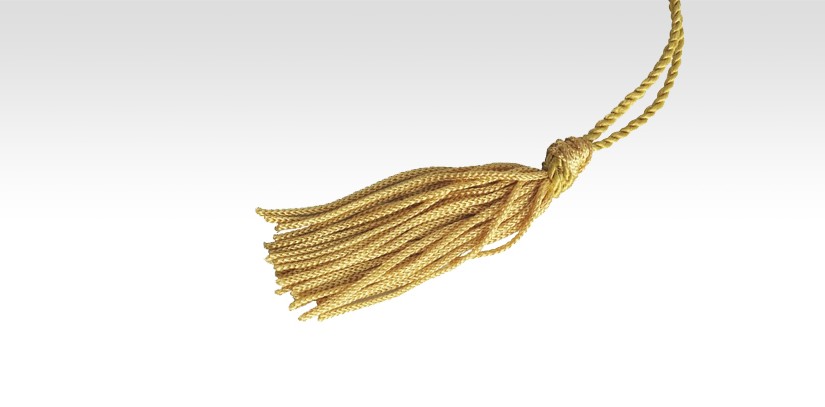In the book Simulacra and Simulation Jean Baudrillad concludes that “everywhere the Hyperrealism of simulation is translated by the hallucinatory resemblance of the real to itself,” ergo skeuomorphism is design simulation appearing like reality.
Skeuomorphism refers to both a digital element designed to look like something from the physical world, or an object that retains ornamental design cues to a structure that was necessary in the original object. The term is applied to material objects since 1890 C.E., but now the term is used by designers to describe application, computer, and website interfaces, also known as User Experience or User Interface (UX/UI).
Looking at the many great examples of skeuomorphism in design, a lot of examples can be found in smartphone app development. A lot of smartphone applications utilize design interface and functionality of real-world aesthetics and mechanisms, to facilitate understanding and usability. Examples of this are book shelves as a storage mechanism for a Kindle ebook app, touch-based interfaces that appear as light switches, levers, or real-world buttons on calculator apps, and textures like leather, cloth, and chalkboard for app backgrounds.

As you can see in the example, utilizing skeuomorphism as a design technique in app UX/UI not only affords the viewer an ease of user experience, and a phenomenological relationship with the digital device, but it also allows the designer to reduce the learning curve for viewers by simply employing a ‘real looking’ user interface.
Resources:
Baudrillard, Jean. Simulcra and Simulation. Michigan: University of Michigan Press, 1981.

